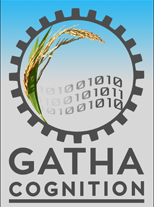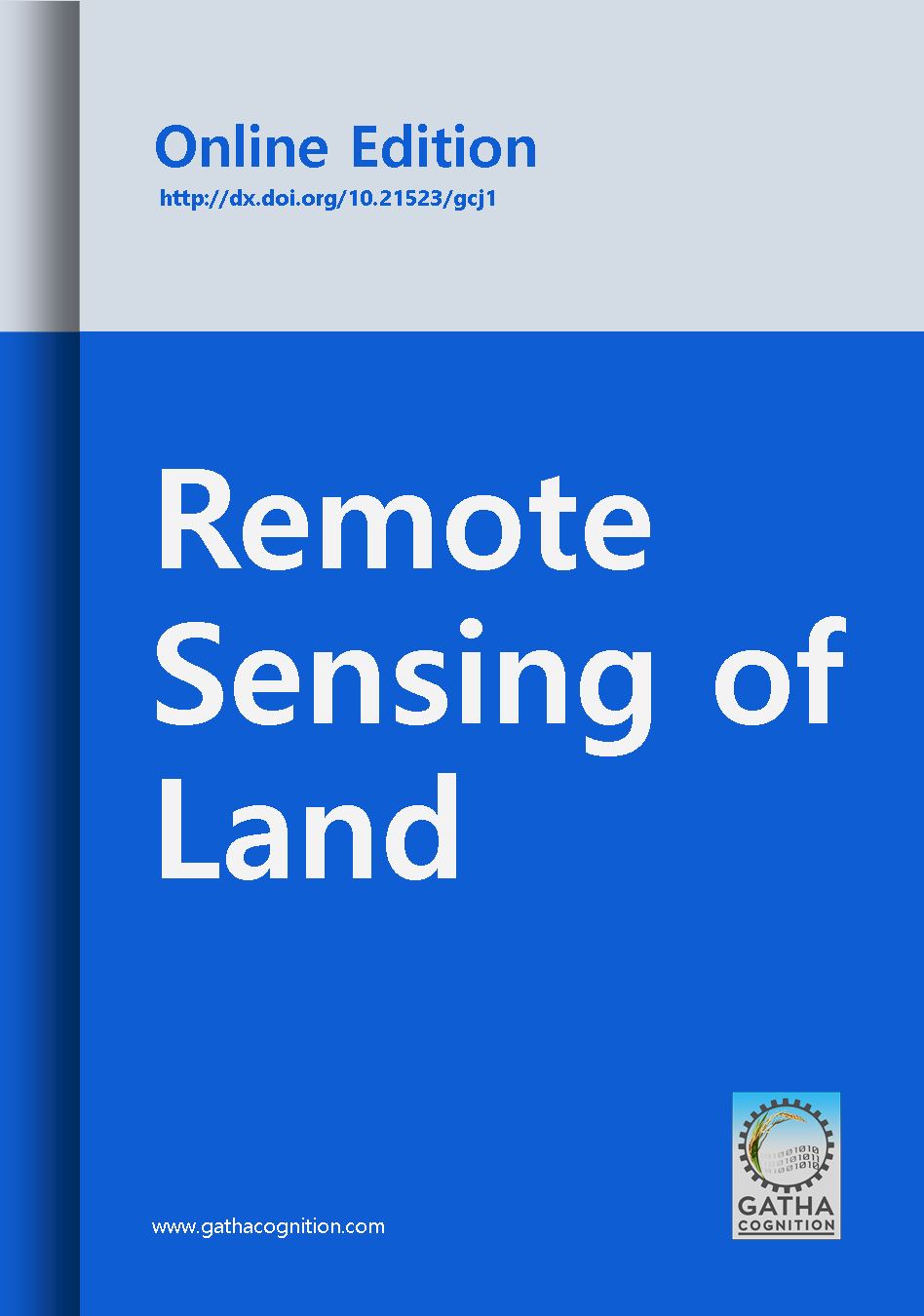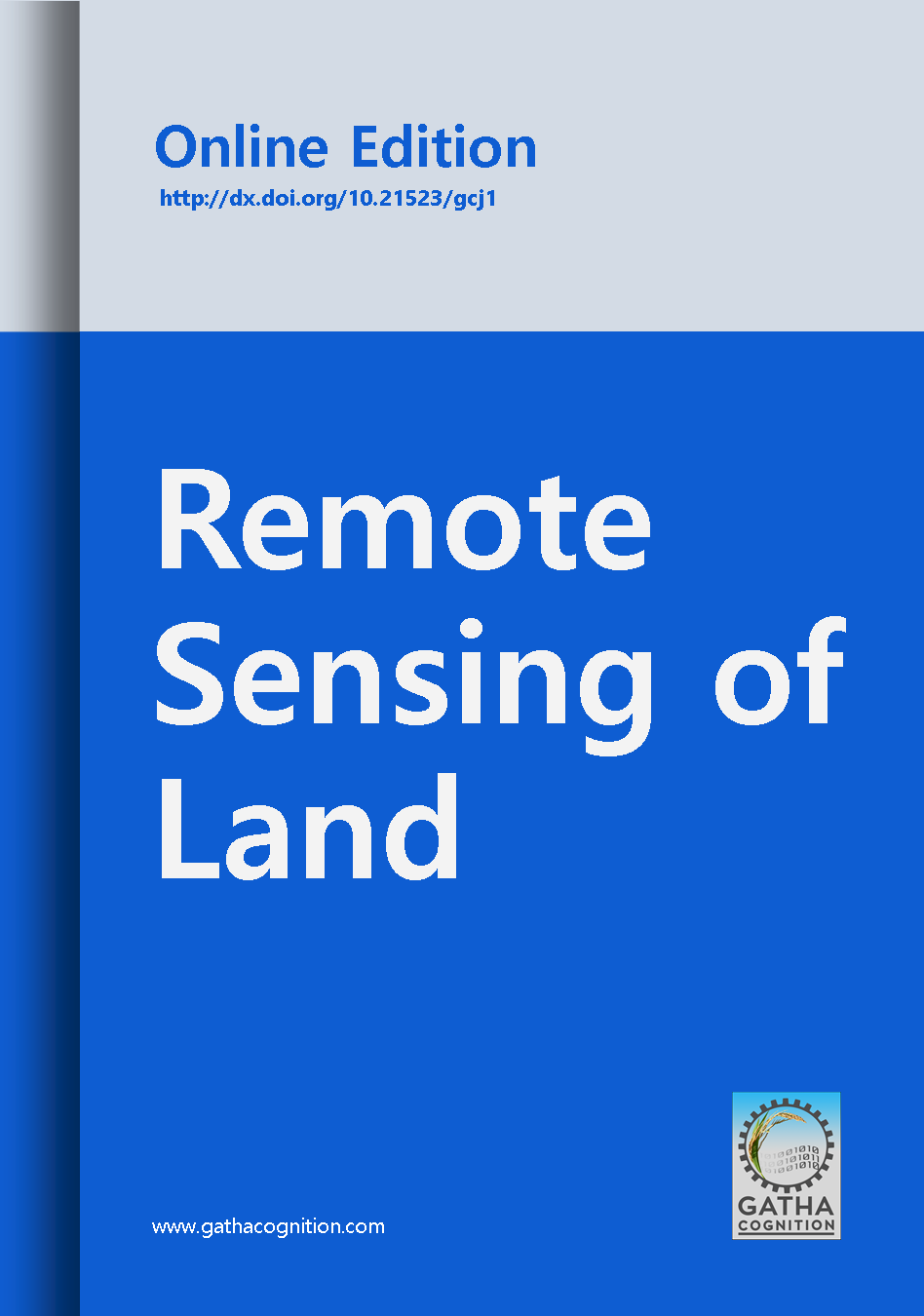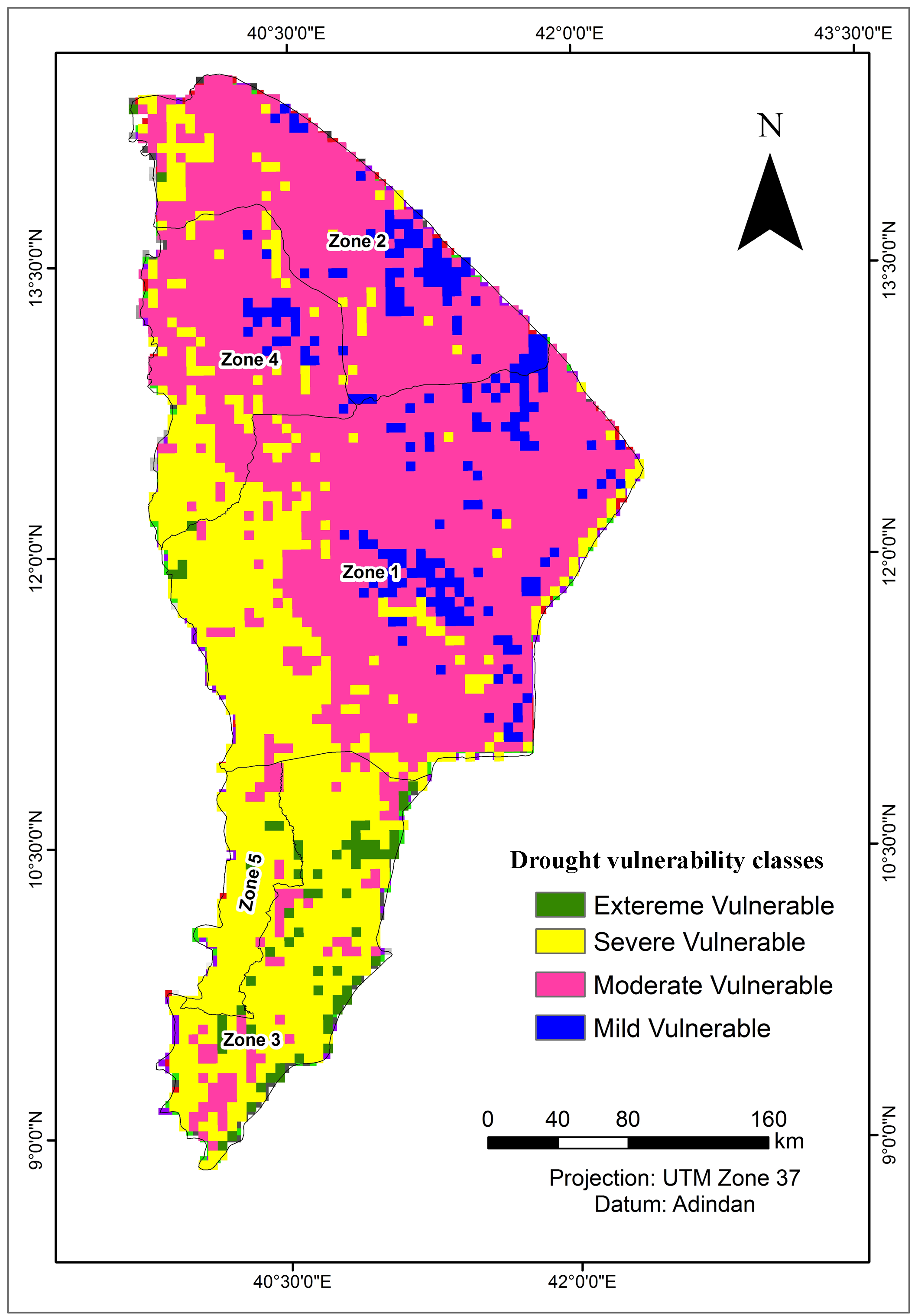1 . Editorial
Land is wider concept than the soil or terrain. It is reasonably stable or predictably cyclic bio-physical unit of the earth’s surface comparing the physical environment including relief, soils, surface hydrology (shallow lake, rivers, marshes and swamps), near surface geology (sedimentary layers and groundwater), near surface atmosphere, vegetation influencing potentials of land use and results of past and present human activities e.g. 1) reclamation of lands from the sea and vegetation clearance, 2) adverse effects - soil salinization, water logging, 3) drainage structures, 4) infrastructures - roads, buildings, etc. (FAO, 1976 and 2007; Bhagat, 2012). Land is potential source for environmental services including biodiversity protection, atmospheric carbon control, nutrients cycles, atmospheric water and groundwater conservation, forestry and scenic beauty (Bhagat 2009). However, millions people across the globe are directly affected by land degradation in last decades and billions are at risk. Effective monitoring and assessment of sustainable land management (SLM) requires accessibility to advanced tools and methods.
Remote Sensing techniques are an efficient tool to make solid scientific base to bridge the gap between knowledge demand and availability for sustainable land management (Wagner, 2009). Several studies and patents have reported complimentary results and successful applications of remotely sensed data at different resolution, techniques and approaches. However, the reviews of published literature on remote sensing applications have reported susceptibility to: 1) data quality and technical efficiency; 2) number of samples representing variability bio-physical units; 3) methods and techniques selected for laboratory analyses; 4) selected methods and techniques for calibrations of spectra; etc. (Bhagat, 2014). Therefore, reported success studies are very site and situation specific and insufficient to reach at global conclusions. 1) no existing approaches are optimal and applicable to all cases, 2) new approaches and techniques be adopted for precise applications and 3) they should thoroughly be tested in different environmental conditions for confident global applicability. The field is still very active, challenging and interesting area of research for sustainable land management (Wagner, 2009).
The journal, ‘Remote Sensing of Land’ (RSL) publishes innovative methods and techniques used for remote sensing and analysis of land. The journal emphasizes on navigating the applications of Remote Sensing techniques in SLM through strong database, innovative techniques and methodologies, etc.
RSL covers wide range of topics including all type of remote sensing sensors, database, innovative methods and techniques used for data analysis, imaging, mapping, fusion, etc. Research reports on impact assessments, socio-economic-cultural analysis using remote sensing techniques and technical reports are also called.
It is pleasure to put this first issue of ‘Remote Sensing of Land’ on a ‘click’ at Online Portal of GATHA COGNITION with very genuine research reports on land use/cover classification, change detection analysis, thematic detection and delineation of land units, image enhancement techniques using medium to fine resolution data sets.
Ganguly et al. (2017) have reported multi-scale feature extraction approach to improve land use/cover classification accuracy using IRS LISS-IV data, successfully. Sonawane and Bhagat (2017) have reported improved technique of change detection using open source Landsat data sets.
Aher et al. (2017) have discussed comparative applicability of three DEMs (CartoDEM SRTM and ASTER GDEM) for detection and delineation of water bodies in hilly area using Elevation Points Features (EPF) and simple logic i.e. Flattered Surface Logic. Said and Hussain (2017) have compared three methods of image fusion: Principal Component Analysis (PCA), Wavelet Transform (WT) and Intensity Hue Saturation (IHS) to merge the XS information and PAN data of QuickBird satellite imagery for detection of land features in urban areas.
Rigorous review on microwave remote sensing of soil moisture has been reported by Bhagat (2017) with thorough reports on methods and techniques used. He has noted scientific challenge before the community that to focus on development or modification of models and appropriate datasets for soil moisture estimations using data from microwave remote sensing with simplification and high precision for complex bio-physical units and global applicability.
These entire articles are selected and accepted only after rigorous reviews by experts actively involved in research in related fields. Editorial board of this journal is consists of senior researchers from institutes of repute, globally.
Articles published in this issue are widely accessed by the scholars and received enormous comments from renowned researchers and scholars in the field. I hope articles of this and upcoming issues will be helpful to enrich wide range of audience interested in geo-spatial analysis, mapping and monitoring the bio-physical units.
I records genuine efforts from the Authors, Reviewers and Editors of the journal. Further, I appreciate continuous efforts from the Editorial team and support staff from GATHA COGNITION.












